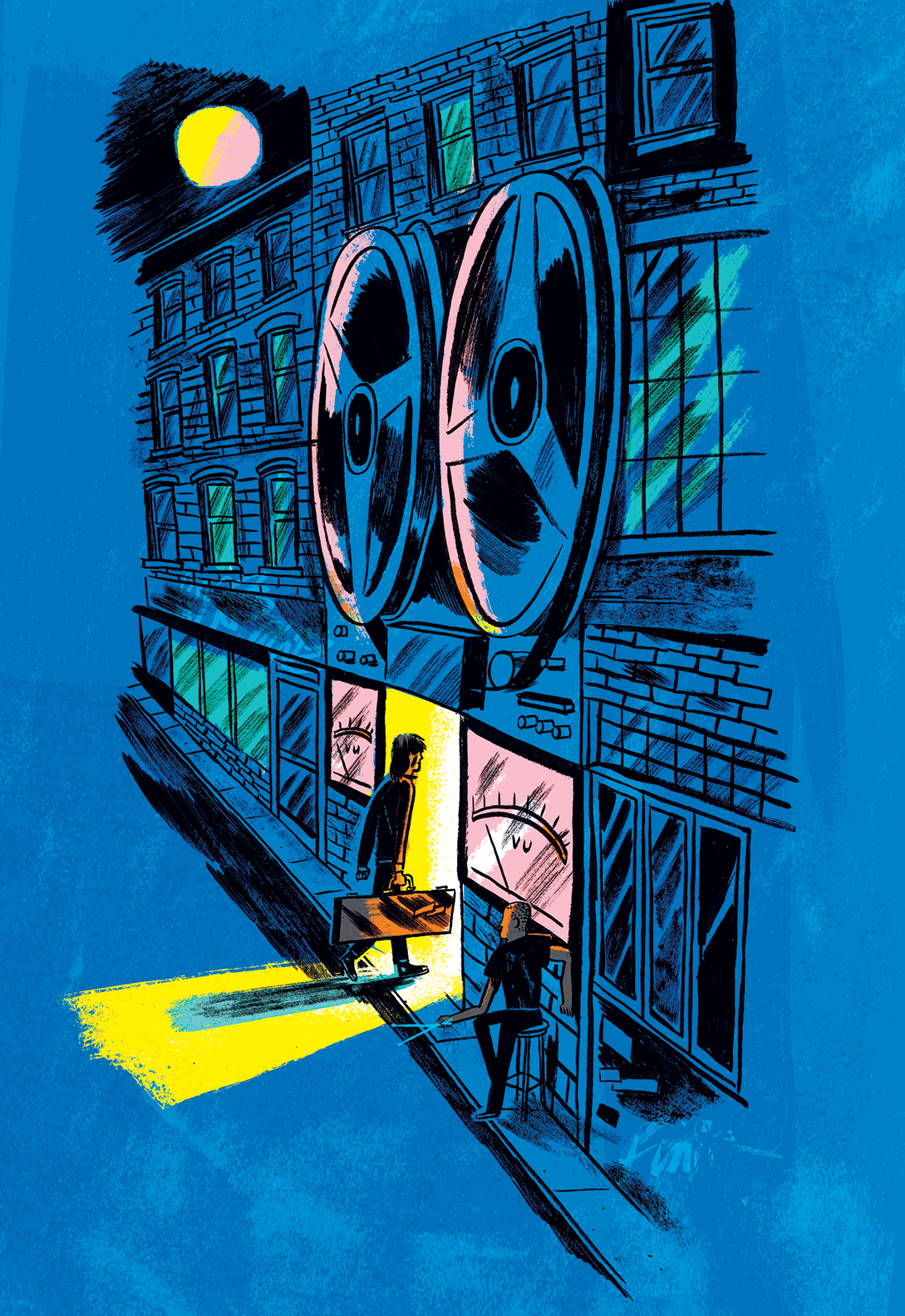Plate reverb is undoubtedly my favorite choice for ambience. It’s the agent of antiquity and the steward of soul. Sound is driven into a metal plate, then recaptured as rich clangs and resonances that transport us to and from the past. It can be haunting and dark; yet at the same time, it can uplift with beautiful shimmer. Nostalgia is palpable. When used tastefully, with reverence to our favorite recordings, plate reverb can be an emotional tool with no equal.
Upon introduction to the Universal Audio Pure Plate Reverb plug-in, you may feel a familiar metallic smokiness and murk hit you like a wall of dirty martinis in a ‘50s nightclub; that character is no doubt why plate reverbs generally have a bevy of input filters, EQs, and other functions used to “tune for mood.” But unlike most traditional plate reverbs (and those plug-ins emulating them), Pure Plate Reverb has a simple design with minimal control parameters. Though Universal Audio isn’t revealing if any actual hardware was modeled for this plug-in, Pure Plate Reverb’s sound is authentically realistic; and to my ears, it seems suspiciously similar to the Plate B setting of UA’s own EMT 140 Classic Plate Reverberator plug-in [Tape Op #47].
Because Universal Audio’s catalog of modeled plug-ins is quite extensive and so well done, it’s sometimes hard not to compare UA’s products side-by-side. Initially, I was a bit surprised that the company would offer a similar reverb that eats up the same DSP load as the EMT 140 plug-in (which was modeled from The Plant Studios’ plates, over 12 years ago). I’ve used the EMT 140 plug-in extensively over many years, and after less than a month with Pure Plate Reverb, I do feel that, though the difference between the two reverbs can be subtle, they are key. Pure Plate Reverb is simplified and its filters/EQs have different curves than EMT 140’s. My favorite feature of Pure Plate Reverb is what Universal Audio calls “Baxandall-type Bass and Treble” tone controls, which are super-colorful and “vibey.” The bass knob is great for reintroducing robust low-end harmonics after the input filter, while treble offers angelic highs that cut but don’t draw blood. Tuning the plate is quick work and a lot of fun. Simply set the low-cut input filter to control any “whompiness,” adjust tone controls, set pre-delay, and tune damping (to control reverb time). A Wet Solo switch is also provided, which is handy when using Pure Plate Reverb as an insert effect; you can quickly switch to 100% wet to tweak your reverb settings, without having to re-adjust the wet/dry ratio when you’re done.
In my opinion, Pure Plate Reverb performs in a smoother and less quirky way than the EMT 140 plug-in. What I mean is that EMT 140 (depending on the plate algorithm selected) can have a greasier quality — which is perhaps true to character and a byproduct of its modeled electronic components? Moreover, Pure Plate Reverb is just really easy to “dial in,” with a tone that seems “plate forward” versus “electronic component centric.” It’s definitely funneling the great, nostalgic sound of plate reverb from days gone past, but it doesn’t seem to be just mimicking a specific, established piece of gear either.
My love for the EMT 140 plug-in is not shaken, but Pure Plate Reverb gives me a different color with a new take on a classic sound — which is always welcome. Though its origins may be as shadowy and mysterious as the technology it emulates, Pure Plate Reverb sounds fantastic, and if you’re considering an ambience addition to your UAD library of plug-ins, it’s a great introduction to the ghostly, metallic world of plate reverb awesomeness — at $50 less than its big brother.




_disp_horizontal_bw.jpg)